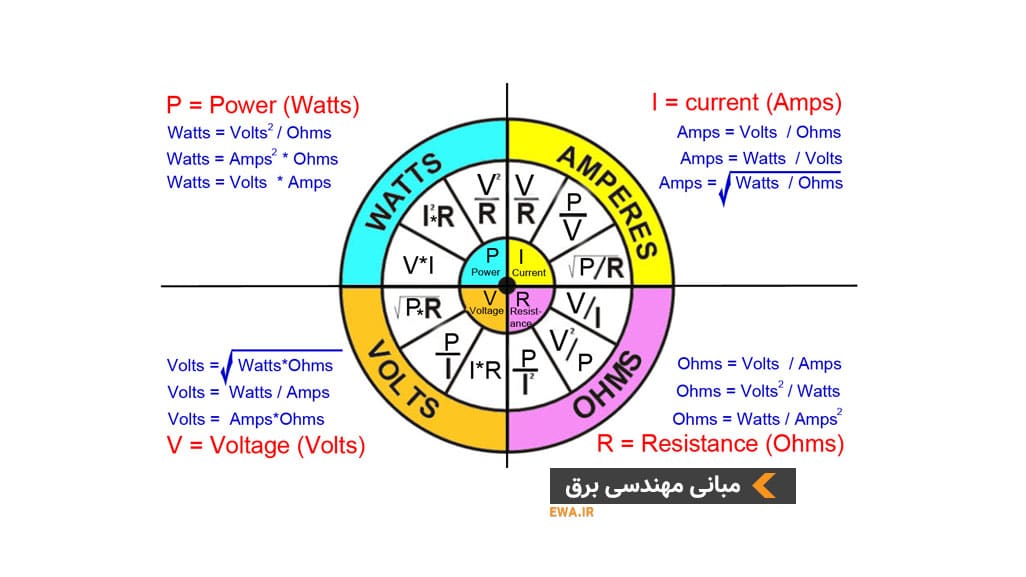What about this ‘6’ in IEC 1131 ?
The International Electrotechnical Commission, IEC, is a world wide standardization body. Nearly all countries over the world have their own, national standardization bodies. In
فرق بين استاندارد IEC1131 با استاندار IEC61131 چيه؟
1131 or 61131 : status of the Standard
By Eelco van der Wal, Managing Director PLCopen
What about this ‘6’ in IEC 1131 ?
The International Electrotechnical Commission, IEC, is a world wide standardization body. Nearly all countries over the world have their own, national standardization bodies. In
A New Edition?
The international standard "IEC 61131-3" was released in 1993 and, since its adoption, has become widely accepted by the international user and vendor community. Today, it is, as such, the worldwide recognized standard for programming and configuring industrial control devices.
There are, however, several reasons why the standard must be revised: First of all, since 1993 a great deal of practical experience has been gained in which a number of inconsistencies and contradictions have been detected. In order to remedy this, many users of the standard proposed revisions and enhancements. These can be found in the Addendum and in the Corrigendum as belonging to the standard.
In addition, the demands on industrial control systems and their engineering environments have considerably changed over the years, where the most important item is the migration of large centralized control systems towards distributed systems.
This is the reason why IEC 1131 is now being revised in three stages, each summarized below:
1) "Corrigendum": correction of hard errors and non-compliances.
2) "Amendment": more consistent structuring of the standard accompanied by additional implementation of features required in everyday controls situations.
3) Harmonization between IEC 61131-3 and distributed systems standards like IEC 61499.
In the course of this, the major goal to maintain upward compatibility for all amendments. This means, a control program which complies with the previous standard is also expected to comply with the new standard without conflicts.
Current state
The new edition of the standard has been published as International Standard in 2003. This new version includes the "Corrigendum" and "Amendments".
The third proposed stage is in a much less mature development stage. This planned harmonization work can lead to a third edition of the standard.
To keep them alive, standards are always subject to change and undergo evolutionary changes in regard to technology advancements and market needs. On the other hand, the essentials of a standard must be established on a solid and long-lasting basis. For this reason, caution must always be applied to all exercised amendments: The investments of the industrial end users and hardware and software control vendors are always expected to be the primary concern. The approach described here represents an appropriate compromise to this concern.
منبع: bselectron.mihanblog.com


